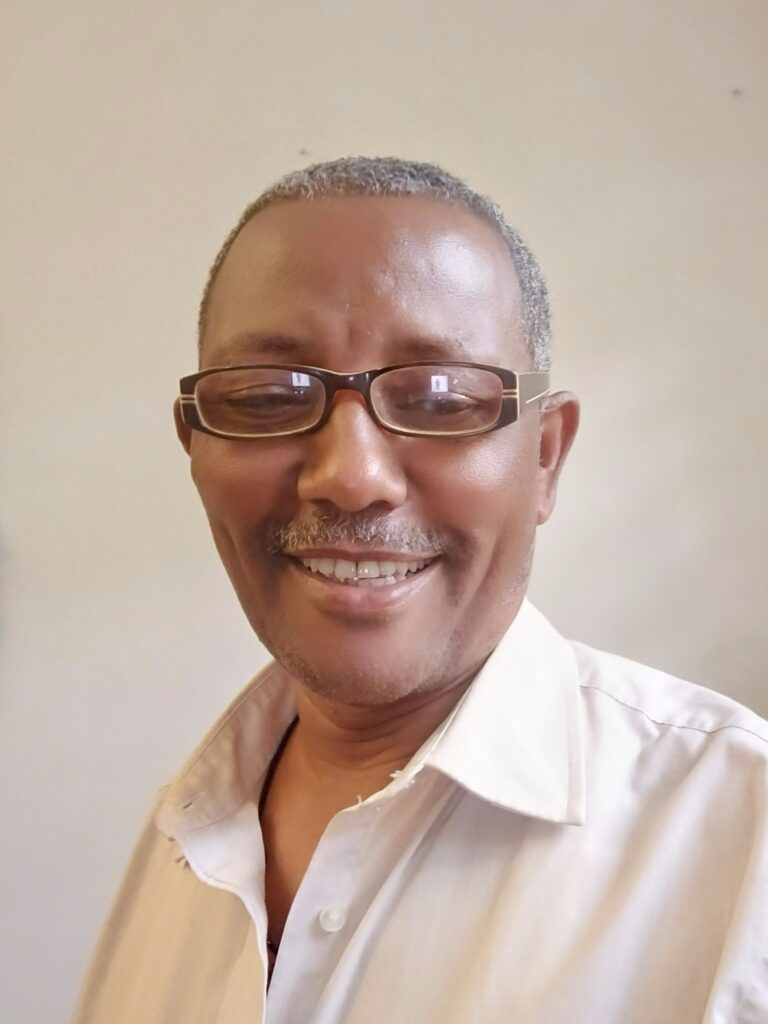
Tesfaye Tadesse Haile
former Managing Director, Ethiopian National Association of Persons Affected by Leprosy (ENAPAL)
Research Consultant, Sasakawa Health Foundation
Tesfaye Tadesse Haile studied sociology at Addis Ababa University and has a Master’s degree in organizational leadership. He served as ENAPAL’s managing director for over 10 years and contributed to the WHO Technical Advisory Group for Leprosy.
As a research consultant for the Sasakawa Health Foundation, I visited six countries in Africa – Kenya, Nigeria, Ghana, Mozambique, Sierra Leone, and Senegal – between February and May of this year to survey the situation of persons affected by leprosy and people’s organizations. In this first of two articles, I share what I learned about three of the countries: Kenya, Nigeria, and Ghana.
My visits were short, and I was only able to see the situation in a few places. As you read, please consider the limitations of my report. For each country, my visit was coordinated through a local people’s organization. They helped me and answered my questions even though nearly all of their leadership and staff work without pay. I am grateful for their assistance, and I wish them success in strengthening their capacities.
Kenya (February, 3 days)
In Kenya, I stayed in the country’s capital city, Nairobi. I heard about and saw firsthand that persons affected by leprosy must cope with stigma, discrimination, and poverty. Many of them end up living in informal settlements, known locally as slums, where they experience harsh and unsanitary conditions caused by overcrowding, lack of basic infrastructure and services, and limited opportunities for education and employment. The situation is especially bad for elders, persons who are severely disabled, and persons who migrate to a slum from another country without necessary documentation for living in Kenya.
Throughout my visit, I noticed a strong association between leprosy and disability. According to the head of a dispensary involved in skin screening activities, factors that prevent early detection and effective treatment include lack of leprosy-specific training for health workers; poor data management; insufficient efforts to ensure that patients complete treatment; and budget limitations related to lack of attention from the government.
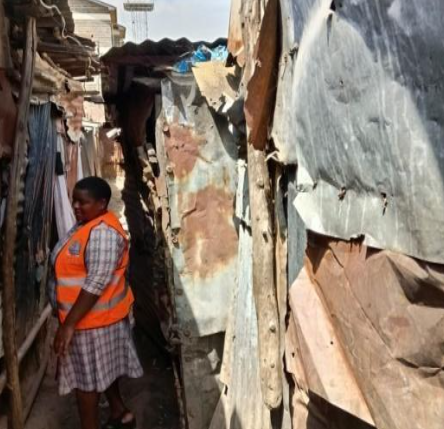
Nigeria (April, 3 days)
I started my visit to Nigeria in Lagos, a megacity located on the coast of the Atlantic Ocean’s Gulf of Guinea. As I found in Kenya, the association here between leprosy and disability is strong. The existence of the Destitute Home, recently renamed the Home of Potentials, probably reinforces this association. Established in the early 1990s by a former military administrator of Lagos State, the rows of concrete block homes were meant to house persons affected by leprosy, persons who are blind, and persons with disabilities. Over time, more vulnerable people flowed into the area, erecting shanties and unintentionally contributing to overcrowding and worsening living conditions. Persons affected by leprosy who live in this community are doubly stigmatized, first for the disease and second for living in an area known for squalor.
From Lagos, I traveled east to the landlocked states of Enugu and Abia to visit Uzoakoli Colony, where approximately 72 households, mostly of persons affected by leprosy, also live in dilapidated houses without reliable access to water and electricity.
Based on what I saw during my brief visit, the situation of persons affected by leprosy and their family members in Nigeria must be worked on from all angles.
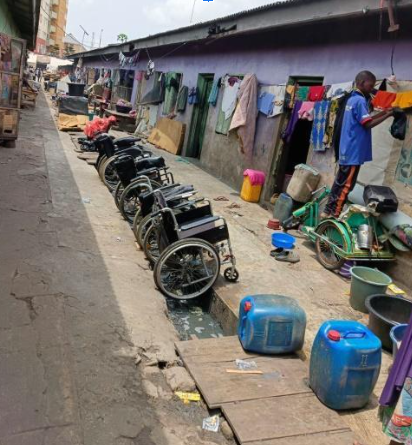
Ghana (April, 1 day)
My one-day visit to Ghana was confined to Ankaful, a town on the Gulf of Guinea coast where a leprosarium was opened in 1951. The leprosarium ceased being a facility for segregated treatment in 1994, when it was renamed Ankaful Leprosy & General Hospital. Four years later, in 1998, the World Health Organization (WHO) recognized Ghana’s elimination of leprosy as a public health problem. When I visited the hospital, I saw six patients who appeared to be receiving good treatment. The consensus of everyone I met in Ankaful seemed to be that the incidence of leprosy in Ghana is low and patients who have been cured can go back to their families without suffering from stigma and discrimination.
It is unfortunate that I was not able to talk with any persons affected by leprosy and their family members outside of the hospital. I wonder about the experiences of those who have been reunified with their communities as well as those who live in other regions of the country. I hope that their voices are being heard.







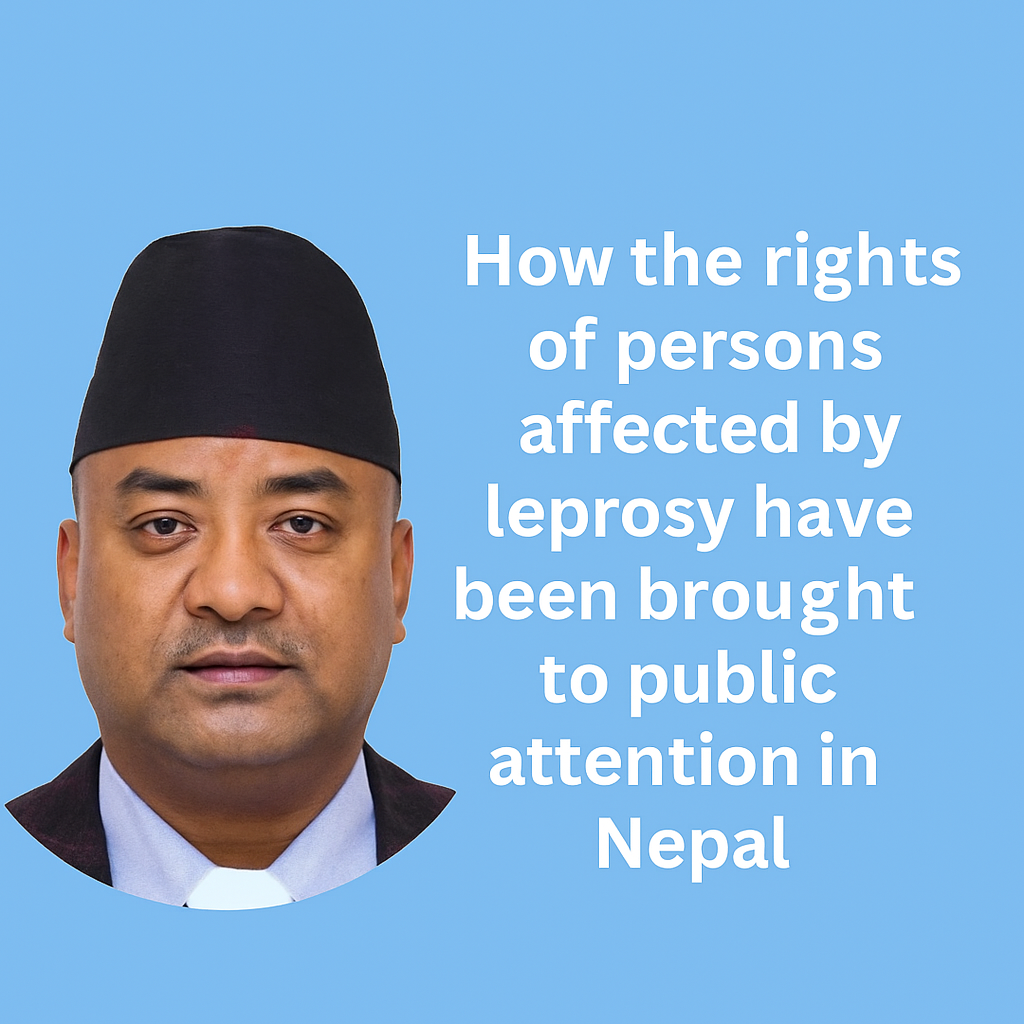
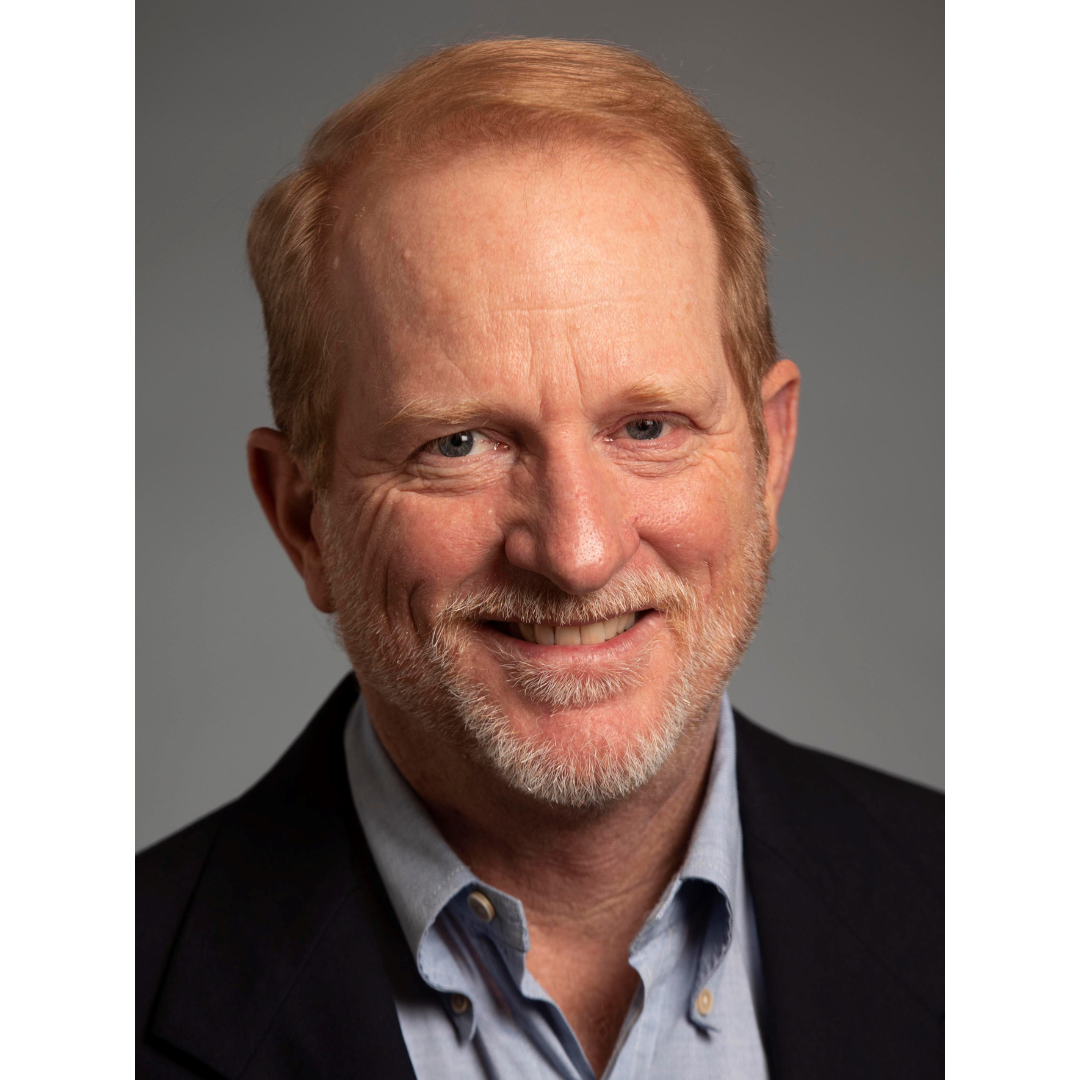
-2.png)